
PUMPA - SMART LEARNING
எங்கள் ஆசிரியர்களுடன் 1-ஆன்-1 ஆலோசனை நேரத்தைப் பெறுங்கள். டாப்பர் ஆவதற்கு நாங்கள் பயிற்சி அளிப்போம்
Book Free DemoThe usage of iron and steel articles have become an integral part of our daily life. For instance, iron is used in making bridges, ships, cars, truck bodies, grills in windows and many other articles.
Chemical reactions on the surface of shining metals and other items cause these articles to lose their glow. When exposed to atmospheric air, silver articles turn black.
Chemical reactions on the surface of shining metals and other items cause these articles to lose their glow. When exposed to atmospheric air, silver articles turn black.
Iron turns into rust when exposed to air and moisture in the atmosphere. Rusting is an example of a chemical change where the process cannot be reversed, and a new substance is formed. This is also called as a chemical reaction.
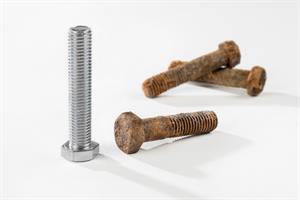
Rusting of iron nails
The chemical process of rusting:
Rusting becomes faster when it is humid (i.e. high moisture content present in the atmosphere) and high salt content in water.
Prevention:
1. Frequent coating of paint or grease on iron articles slower the process of rusting.
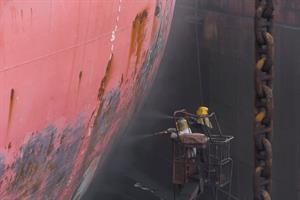
Coating iron ships with paint
2. Galvanisation (depositing a layer of zinc on iron).
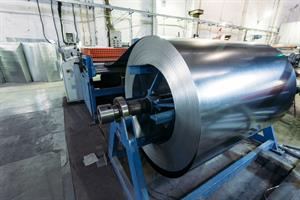
Galvanised iron sheets
3. Alloy (mixing iron with other metals).
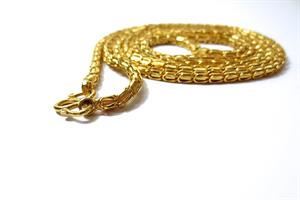
Gold chain mixed with other metals
The iron galvanised pipes are used in our homes to carry water to prevent rusting. Ships suffer a lot of damage from rusting, so to prevent its damage, stainless steel is made by mixing iron with carbon and metals like chromium, nickel and manganese.
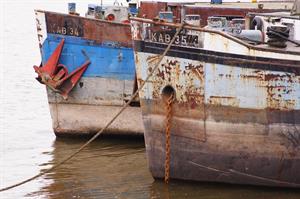
Rusted iron ships
Fact: The Iron Pillar at the Qutub complex in Delhi is more than \(1600\) years old. This pillar has not rusted still now, which is a testament to the advances in metal making technology in the \(16th\) century in India.